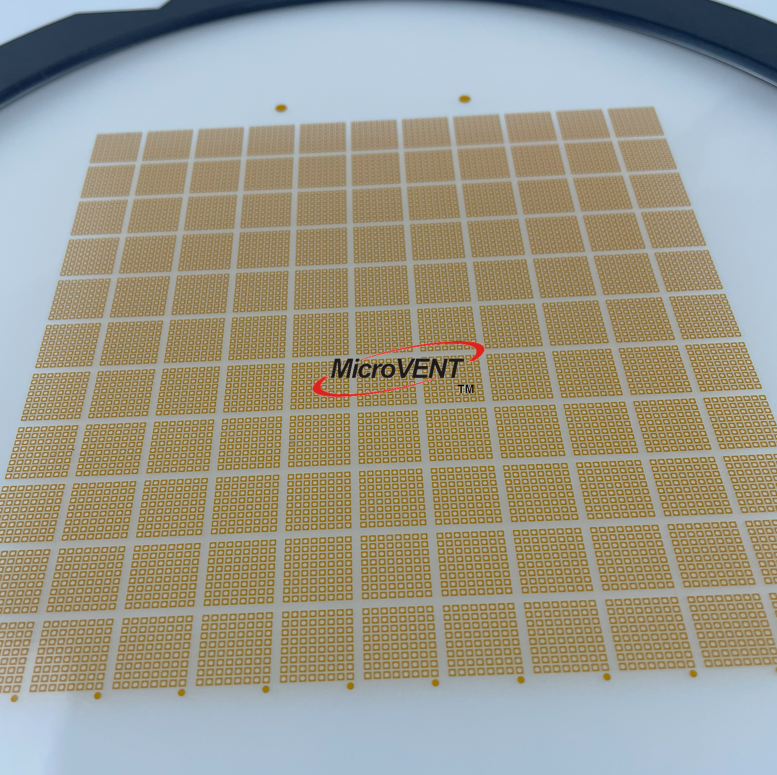acoustic eptfe patch
The acoustic eptfe patch represents a revolutionary advancement in sound management technology, combining the exceptional properties of expanded polytetrafluoroethylene with specialized acoustic engineering principles. This innovative material solution serves as a critical component in various applications where precise sound control, vibration dampening, and acoustic optimization are essential requirements. The acoustic eptfe patch functions primarily as a selective barrier that manages sound transmission while maintaining breathability and durability in challenging environmental conditions. Its unique microporous structure allows for controlled air permeability while effectively filtering and attenuating specific frequency ranges, making it an ideal choice for sophisticated acoustic applications. The technological foundation of the acoustic eptfe patch lies in its advanced material composition, which features a carefully engineered pore structure that can be customized to meet specific acoustic performance requirements. This material exhibits remarkable resistance to temperature extremes, chemical exposure, and mechanical stress, ensuring long-term reliability in demanding operating environments. The patch design incorporates multiple layers of specialized eptfe membranes, each optimized for different acoustic characteristics, creating a comprehensive sound management system within a compact form factor. Applications for the acoustic eptfe patch span numerous industries, including automotive manufacturing, aerospace engineering, consumer electronics, architectural acoustics, and industrial equipment design. In automotive applications, these patches enhance cabin comfort by reducing unwanted noise transmission while maintaining necessary ventilation. Aerospace implementations utilize the material for aircraft interior noise reduction and communication system optimization. Consumer electronics benefit from the patch's ability to protect sensitive components while managing speaker performance and reducing electromagnetic interference. The manufacturing process involves precision stretching and layering techniques that create the desired acoustic properties while maintaining structural integrity and environmental resistance.


